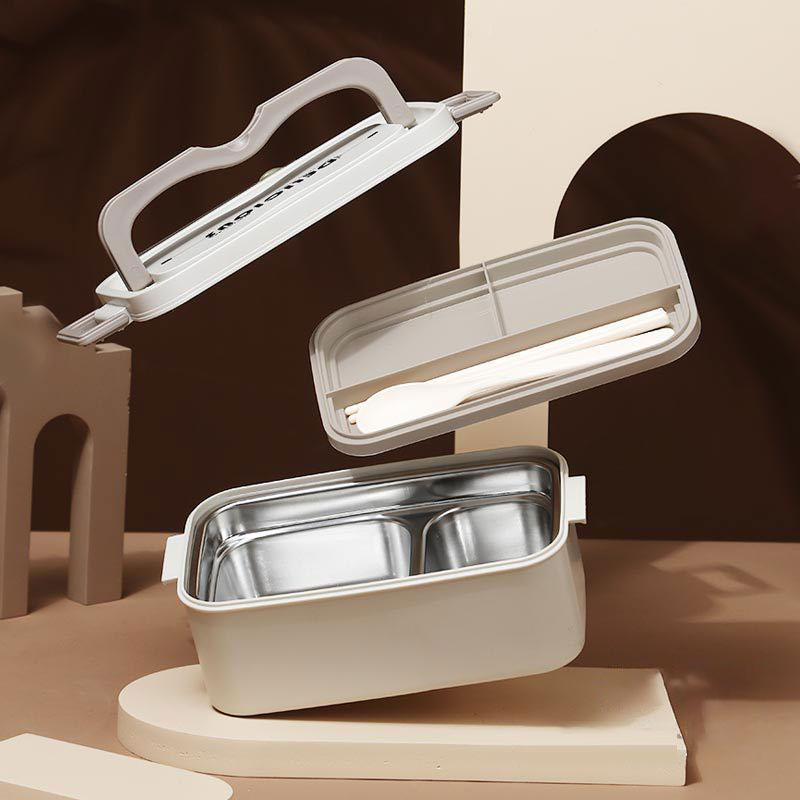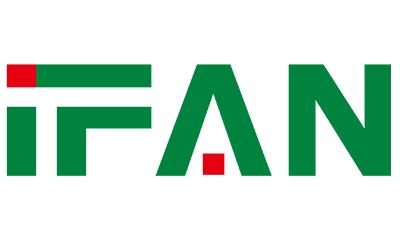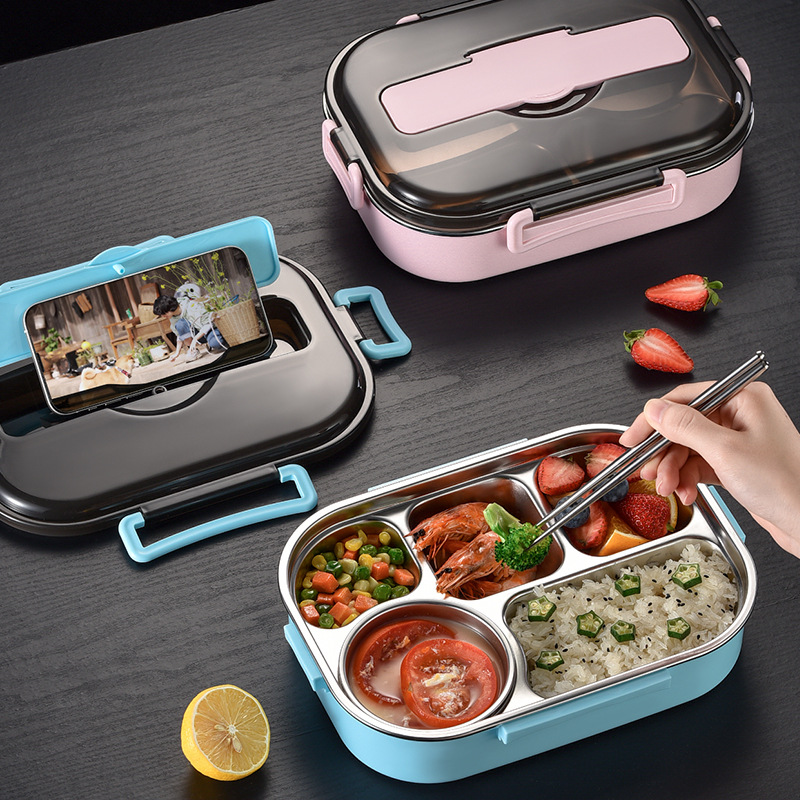A bento box is more than just a container for food; it’s a cultural icon and a culinary tradition deeply rooted in Japanese cuisine and lifestyle. Originating from Japan, the bento box has evolved over centuries into a compact, convenient, and aesthetically pleasing way of packing and enjoying meals. Here’s what makes the bento box special:
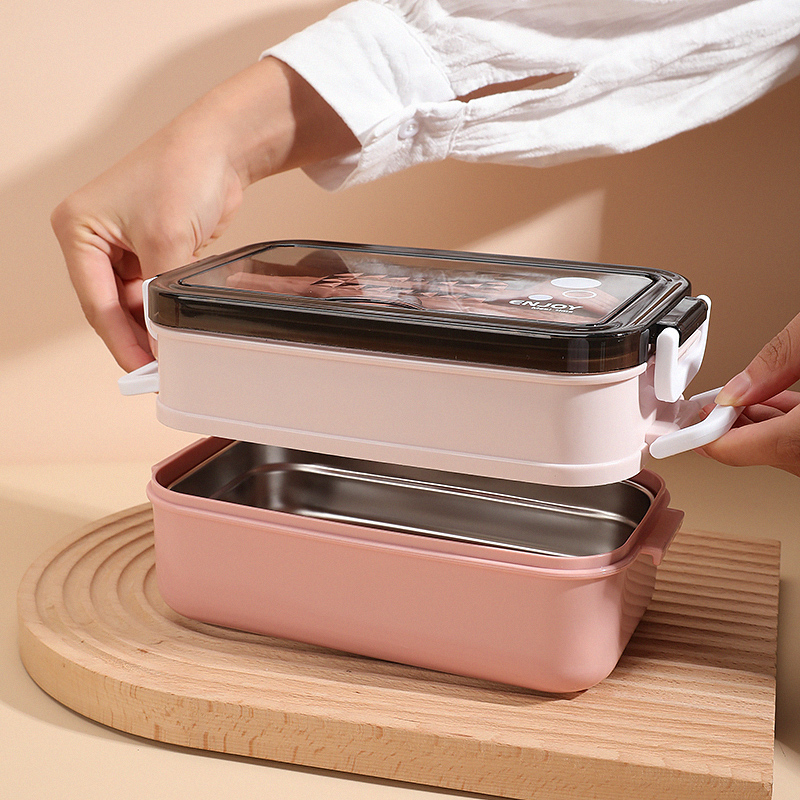
1. Tradition and Culture:
- The bento box has a rich cultural history in Japan, dating back to the Kamakura period (1185–1333). Originally, it was a simple box of rice or onigiri wrapped in leaves or bamboo for farmers and travelers.
- Over time, the bento box became associated with the concept of “obento” or “packed lunch,” commonly prepared for schoolchildren, office workers, travelers, and special occasions like picnics or cherry blossom viewing.
- The preparation and presentation of bento boxes are considered a form of art, reflecting Japanese aesthetics, craftsmanship, and attention to detail.
2. Compact and Portable Design:
- Bento boxes are designed to be compact and portable, making them ideal for carrying and enjoying meals on the go.
- Traditional bento boxes are typically divided into compartments or tiers, allowing for the separation and portioning of different foods such as rice, protein, vegetables, and pickles.
- Modern bento boxes often feature stackable or modular designs with removable dividers, containers, and lids, providing flexibility in packing and organizing various types of food.
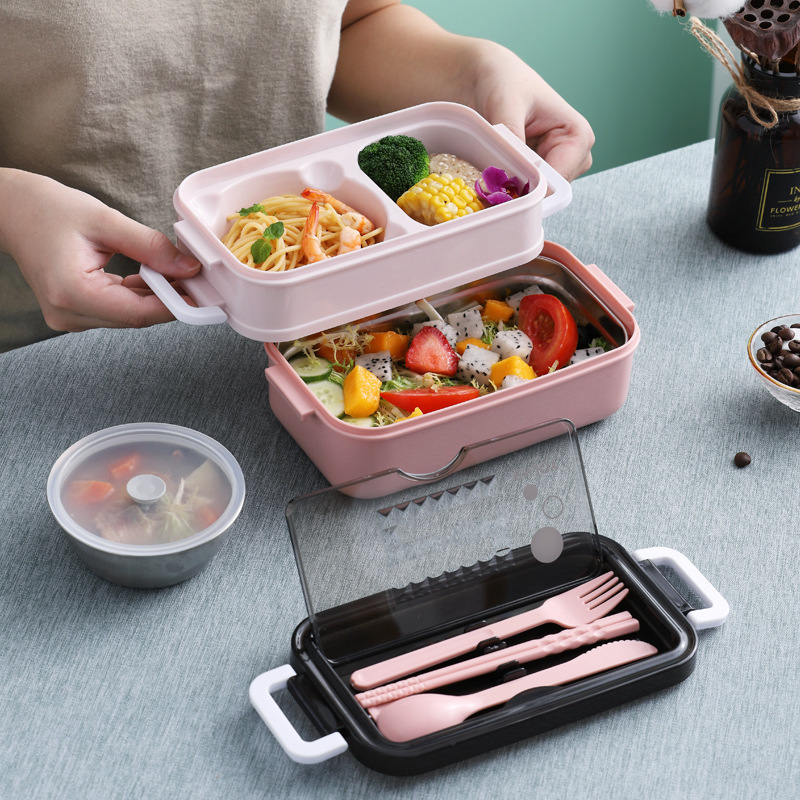
3. Balanced and Nutritious Meals:
- Bento boxes are known for their emphasis on balance, variety, and nutrition, incorporating a diverse range of ingredients, colors, textures, and flavors into a single meal.
- A typical bento box includes staples like rice or noodles, protein sources such as fish, meat, tofu, or eggs, and an assortment of cooked or raw vegetables, seaweed, pickles, and fruit.
- Bento boxes are designed to provide a well-rounded and satisfying meal that fuels the body and nourishes the senses, promoting health and wellness.
4. Creative and Artistic Expression:
- Bento making is a creative and artistic endeavor that allows individuals to showcase their culinary skills, creativity, and imagination.
- Bento boxes are often decorated with intricate arrangements of food, known as “kyaraben” or “character bento,” featuring edible characters, animals, flowers, and landscapes made from rice, vegetables, nori (seaweed), and other ingredients.
- Bento makers use techniques such as cutting, shaping, molding, and arranging food to create visually appealing and Instagram-worthy designs that delight both children and adults alike.
5. Environmental Sustainability:
- Bento boxes promote environmental sustainability by reducing the need for single-use disposable containers, plastic bags, and packaging commonly associated with takeout and convenience foods.
- By using reusable bento boxes made from materials like plastic, stainless steel, wood, or bamboo, individuals can minimize waste and contribute to a more eco-friendly lifestyle.
- Some bento boxes are designed to be durable, leak-proof, and dishwasher-safe, ensuring long-term use and easy cleaning, further reducing environmental impact.
6. Cultural Significance and Social Connection:
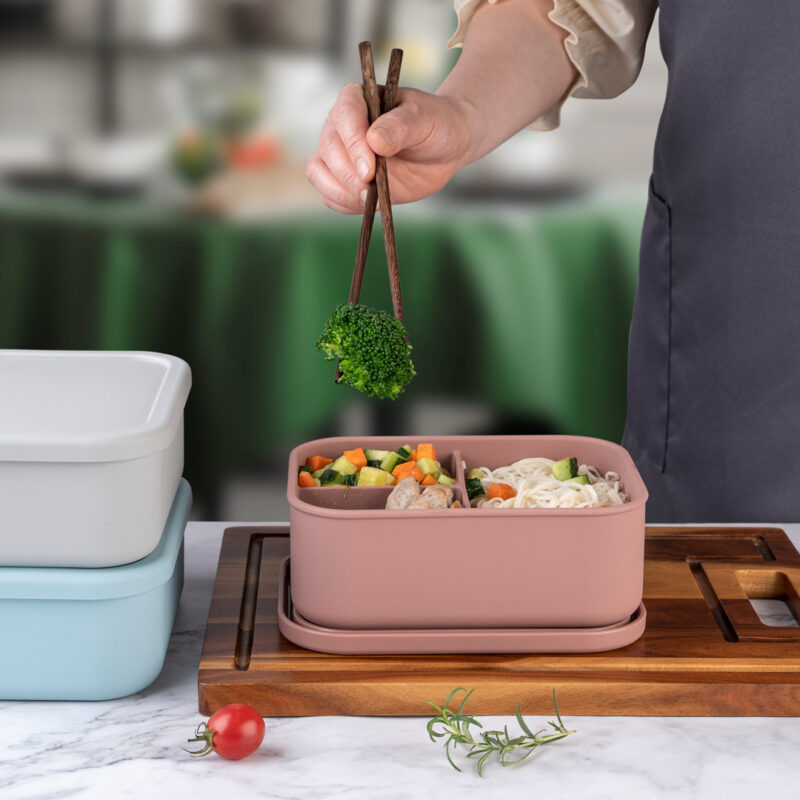
- Sharing and enjoying bento boxes with family, friends, and colleagues fosters a sense of community, social connection, and shared experience.
- Bento boxes are often exchanged as gifts or tokens of appreciation, symbolizing friendship, love, and goodwill.
- Bento-making workshops, events, and online communities provide opportunities for people to learn, collaborate, and celebrate Japanese culture and cuisine together.
In summary, the bento box is a symbol of tradition, innovation, creativity, and connection that transcends borders and generations. Whether enjoyed as a homemade lunch, a gourmet meal, or a work of edible art, the bento box continues to captivate hearts and taste buds around the world, embodying the timeless values of simplicity, balance, and harmony.
